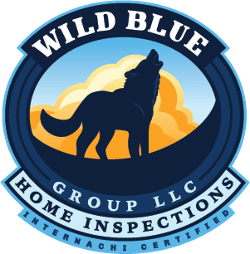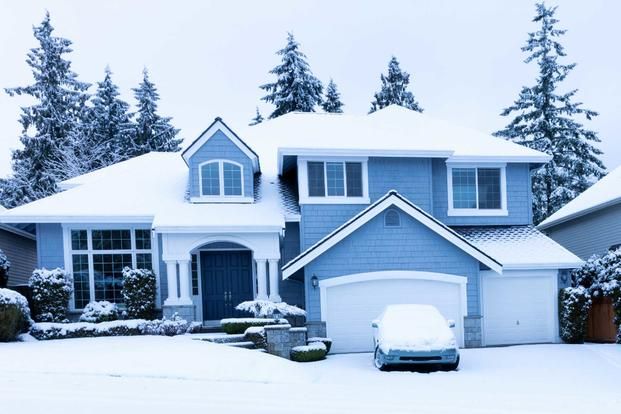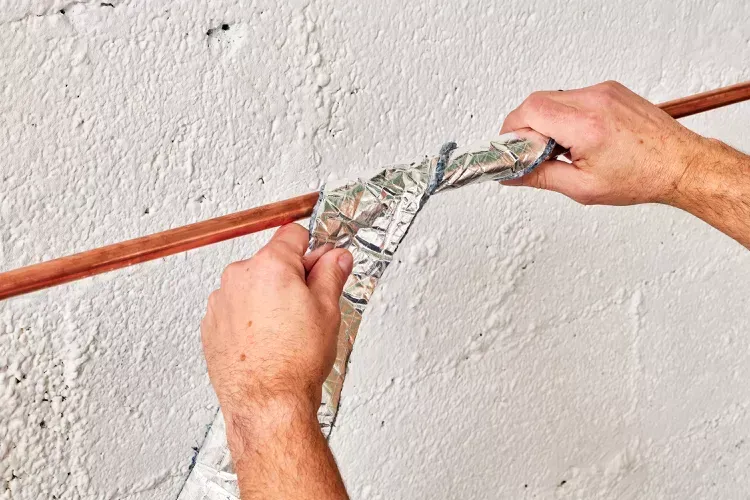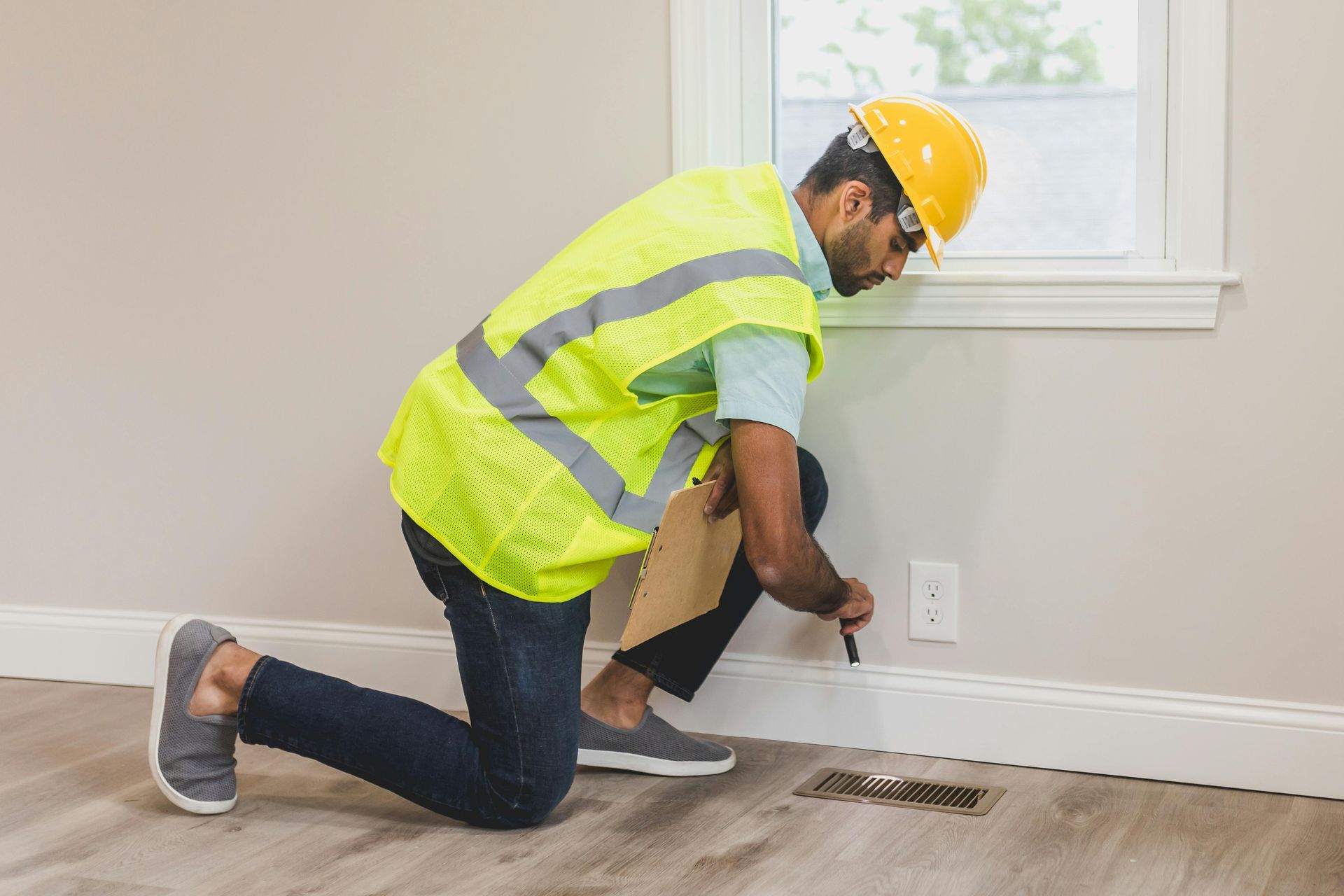Winter Home Inspections Why They re Essential Before the Cold Sets In
Winter is a season of beauty and tranquility. But it can also be a time of potential hazards for your home.
Winter home inspections are a crucial step in preparing for the cold season. They help identify potential issues that could worsen with freezing temperatures.
From the insulation in your attic to the condition of your heating system, a thorough inspection can reveal areas of concern. Early detection of these issues can lead to significant cost savings and ensure the safety of your home.
A
professional home inspection can provide peace of mind. It can help you winterize your home effectively, ensuring it's ready to withstand the harsh winter conditions.
This article will guide you through the importance of winter home inspections. It will provide a comprehensive winter home maintenance checklist and practical tips to winterize your home.
So, before the cold sets in, let's delve into why winter home inspections are essential for every homeowner.
Photo By: Military
The Critical Role of Winter Home Inspections
Winter home inspections play a critical role in safeguarding your home from winter-related damage. As temperatures drop, minor issues can quickly become significant problems. Addressing these early on prevents costly repairs down the line.
Moreover, a thorough inspection ensures that your home is well-prepared for winter's demands. This includes checking heating systems, insulation, and structural components. By doing so, you enhance your home's energy efficiency and comfort. In essence, a proactive approach through winter home inspections provides both protection and peace of mind.
Identifying Potential Issues Before They Worsen
Cold weather can amplify existing vulnerabilities in your home, leading to bigger issues. During a winter home inspection, professionals focus on detecting these problems early. For instance, inadequate insulation can cause pipes to freeze, leading to leaks or bursts.
Additionally, small cracks in walls or foundations can allow moisture to seep in. This can result in structural damage or mold growth. By identifying these potential issues before winter sets in, you not only protect your home's structure but also save money on future repairs. Early detection is key to maintaining a safe and efficient home environment.
Professional Home Inspection vs. DIY: What You Need to Know
Deciding between a DIY inspection and hiring a professional isn't always straightforward. Homeowners may feel they can save money by inspecting their homes themselves. However, without expertise, certain problems might be overlooked, costing more in the long run.
Professional home inspections offer a thorough evaluation by trained experts. They bring specialized tools and extensive knowledge to pinpoint hidden issues. While DIY may suit minor tasks, a professional inspection ensures comprehensive coverage, offering peace of mind.
Investing in professional expertise can prevent costly surprises and provide assurance of a safe and winter-ready home.
Key Areas of Focus During Winter Inspections
Winter home inspections involve assessing several critical areas. Each of these areas may present challenges as temperatures drop. Identifying and addressing these issues early can prevent extensive and costly repairs.
A comprehensive inspection should focus on essential systems and structures. Prioritizing these can ensure your home remains comfortable and efficient. Here are key areas experts typically focus on:
- Insulation and Heating Systems
- Roofing and Exterior
- Plumbing and Pipes
By attending to these areas, homeowners can safeguard their properties. An informed approach prevents severe damage and enhances energy efficiency throughout the colder months.
Insulation and Heating Systems
Ensuring your home is properly insulated is crucial during winter. Inadequate insulation can lead to significant heat loss. This not only makes your home less comfortable but also increases energy bills.
Heating systems should be thoroughly inspected before cold sets in. A well-maintained system operates efficiently, providing consistent warmth. Regular checks can extend the lifespan of your heating equipment and prevent unexpected failures.
Roofing and Exterior
The roof and exterior of a home are its first line of defense against winter weather. Damaged shingles or leaks can allow moisture to enter. This might lead to structural damage or mold growth over time.
Exterior inspections should include checking gutters and downspouts. Ensuring these are clear and functional helps prevent ice dams, which can cause leaks and damage. Addressing these concerns protects your home from harsh winter elements.
Plumbing and Pipes
Cold weather can wreak havoc on plumbing systems. Pipes are susceptible to freezing, which can cause them to burst. A burst pipe can lead to significant water damage and costly repairs.
It's vital to check all pipes, especially those in unheated areas. Insulating pipes can prevent freezing and ensure water flows smoothly. Additionally, outdoor plumbing should be winterized to avoid issues during cold spells.
Winter Home Maintenance Checklist
Staying organized is key when preparing your home for winter. A well-thought-out checklist can help you cover all bases efficiently. This will ensure nothing is overlooked that could compromise your home’s integrity during the cold months.
To keep your home well-maintained, consider the following checklist items:
- Inspect and clean gutters and downspouts
- Seal windows and doors to prevent drafts
- Check the heating system and replace filters
- Insulate exposed pipes and attic spaces
- Test carbon monoxide and smoke detectors
Having this checklist on hand helps prioritize tasks and ensures a methodical approach. By addressing these items, you'll safeguard your home and enhance its efficiency throughout winter.
Photo By: The Spruce
Winterizing Your Home: Practical Tips and Tricks
Winterizing your home involves more than just turning up the heat. It's about making sure your home withstands harsh conditions efficiently. With a few strategic adjustments, you can protect your home and save on energy costs.
Consider the following tips and tricks to winterize effectively:
- Use weather stripping around doors and windows
- Install a programmable thermostat for optimal energy use
- Cover outdoor faucets and drain hoses
- Add insulation to improve heating efficiency
- Use thick curtains to retain indoor warmth
By implementing these practical steps, you enhance your home's durability and comfort during winter. These efforts can lead to a safer and cozier home environment.
The Risks of Skipping Winter Home Inspections
Neglecting winter home inspections can lead to costly repairs. Cold weather amplifies minor issues, turning them into significant problems. Frozen pipes, leaking roofs, and inefficient heating systems can result from oversight.
Potential water damage is a major risk, especially when ice forms in pipes or on the roof. Addressing these problems after they occur is often much more expensive than early prevention. Skipping inspections jeopardizes your home's safety and can end up being a financial burden.
How Early Detection Saves Money and Ensures Safety
Conducting winter home inspections early can significantly cut costs. Spotting issues before they escalate helps avoid expensive repairs. Small fixes are usually less costly than major overhauls.
Moreover, early detection enhances safety. Identifying hazards like faulty heating systems prevents potential accidents. Knowing your home is secure can also provide peace of mind as temperatures drop. Being proactive with inspections keeps your home both safe and budget-friendly during winter.
Preparing for a Professional Home Inspection: Steps to Take
Getting ready for a professional home inspection is crucial. Begin by organizing all necessary documents and previous inspection reports. This can help the inspector understand your home's history better.
Before the inspection day, ensure your home is accessible. Clean areas that might be inspected, like basements and attics. Preparing a checklist for the visit can be helpful.
- Gather recent repair records.
- Ensure all areas are accessible.
- Create a list of your concerns.
Proper preparation can make the inspection process smoother and more effective.
Conclusion: Peace of Mind for the Winter Season
At Wild Blue Home Inspections, we understand that winter home inspections are vital for ensuring your home can endure the challenges that colder months bring. Our expert team is dedicated to identifying issues that could escalate in winter’s harsh conditions, allowing you to take proactive measures. By choosing a professional home inspection, you're investing in your home's security and comfort, enhancing its longevity and efficiency.
Don't wait until it's too late; schedule your winter home inspection with Wild Blue Home Inspections today. Our comprehensive evaluations provide peace of mind, knowing your home is fully prepared to face the winter.
Contact us now to learn more about how we can help protect your investment and ensure a safe, warm environment for you and your family this winter season!
Share this blog!





